This book at the initial stage was planned primarily to introduce the ordinary reader to the broad spectrum of the art heritage of Bangladesh. But on a subsequent realization of its possible future use as a hand-book representing the noteworthy facets of the arts of all ages, its scope was slightly modified to make it useful to the scholars as well without overburdening it with diacritic marks, arguments, references and foot-notes. Therefore, instead of an album of illustrations with cryptic captions, the book endeavored to become a cultural history of Bangladesh, the first ever to be published with an emphasis on art heritage, representing mainly the visual arts. The author attempts to present the subject in a form that is a balance between the art object and the historical milieu. This offering may therefore be appealing to the art historian, historical scholar and lay reader alike. This is a pioneer attempt to organize a huge corpus of material evidence of the many splendored art of Bangladesh. Included in this volume are many objects previously unpublished and no pain has been spared to refer to new research on specified subjects and their art-historical relevance. The survival of purity in art, geographically or nationally, is becoming an ever shrinking phenomenon. Whether in painting or architecture or fashion, the demarcating line between the indigenous and alien is fast disappearing. The spread of education, industrialization, urbanization and an unimaginable development in international communications are bound to have their mark on the mind and hand of the artists, architects and craftsmen. Therefore, the art heritage of Bangladesh, so far for the past, is recognizable without difficulty for its distinctive forms and features. It may be more strenuous to do so in the future. Finally, with the establishment of Bangladesh, the art, whether traditional or modern, was naturally striving for an increasingly national identity. A strong urge to return to the roots was simultaneously accompanied by a rush to grasp the international idioms. The waves of globalization, like in many other spheres of life, were continuously striking at the arena of artistic activities. The future will decide how much of a national heritage of Bangladesh can hold on to its inherited strength and distinctiveness without giving up its inherent capacity to assimilate and change.
Journal of Bengal Art: Volume 21
$157.50
$175.00

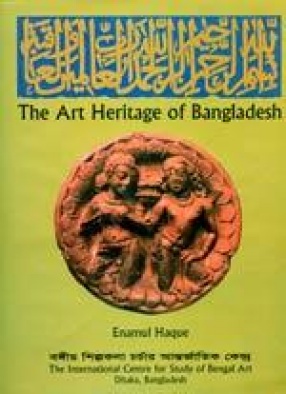
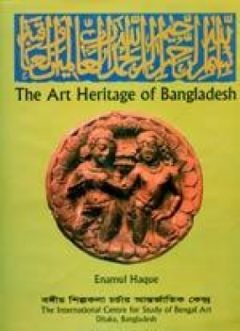
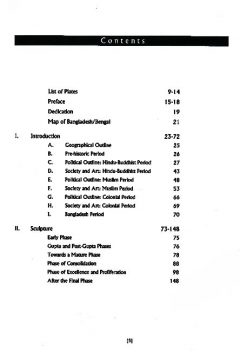
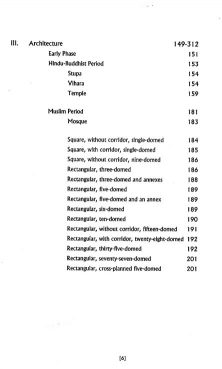
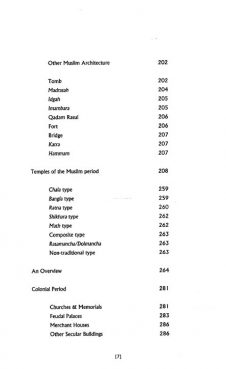
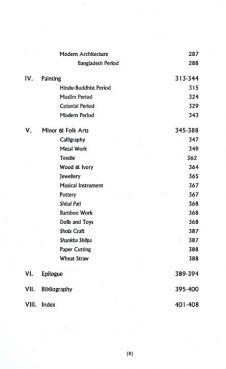
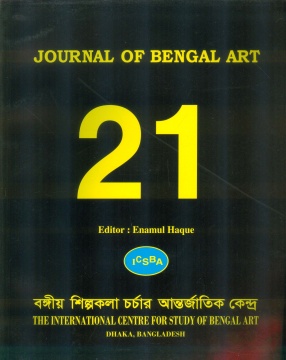
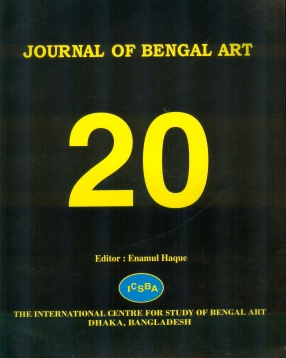
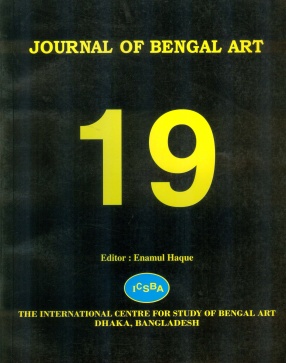

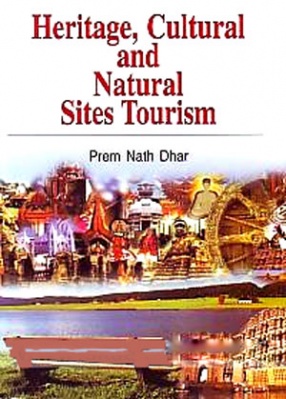
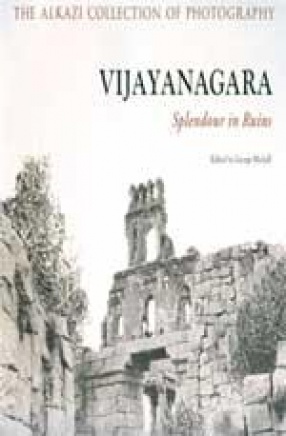
There are no reviews yet.